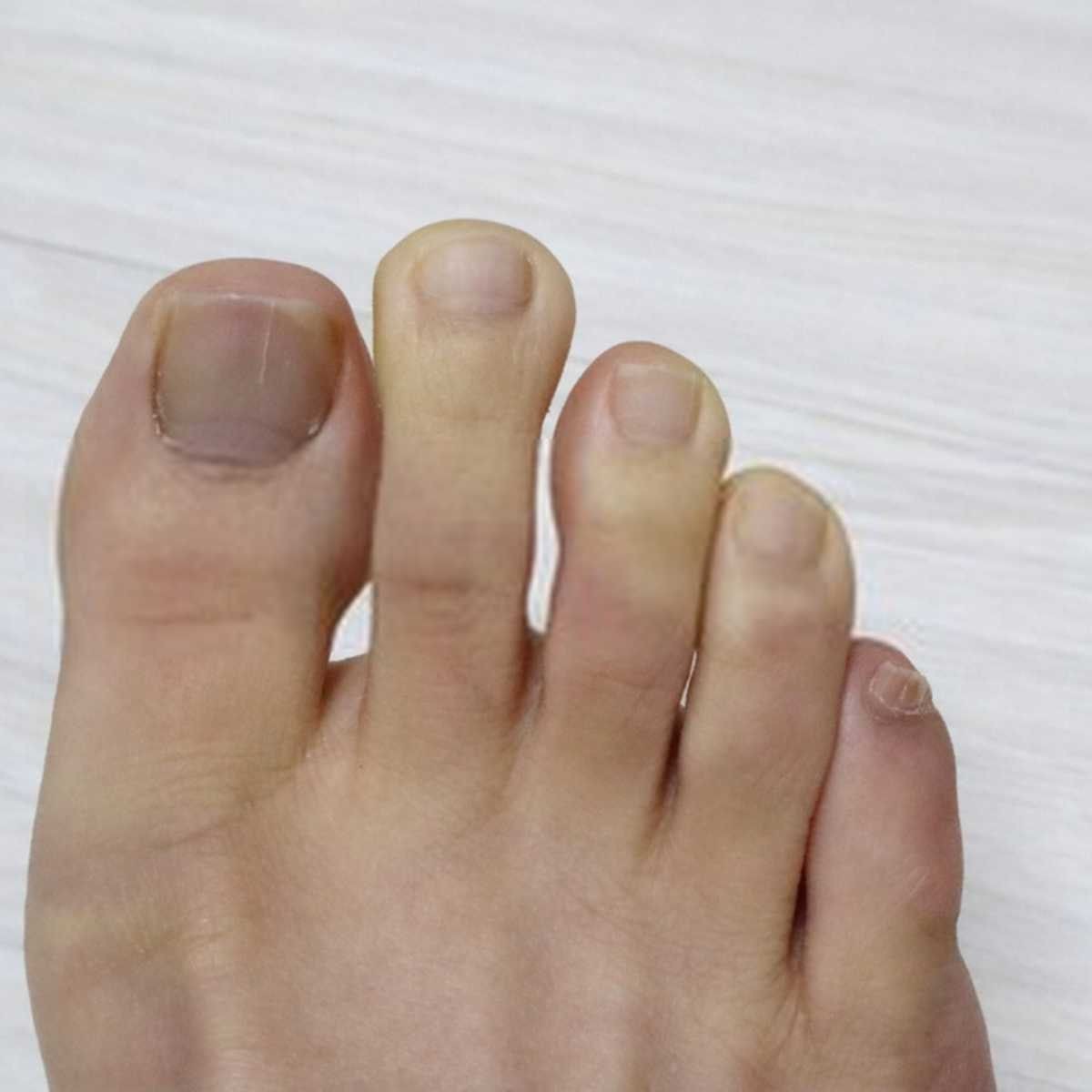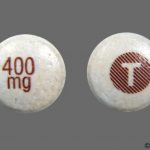
Contents
- 1 What Is the Difference Between Chilblains and Raynaud’s?
What Is the Difference Between Chilblains and Raynaud’s?
Although chilblains and Raynaud’s have distinct presentations, causes, and management, they both involve symptoms that appear on exposure to cold.
Both Raynaud’s and chilblains can occur in the same person, sometimes in combination with other underlying conditions such as blood disorders, lupus, and cancer.
A thorough medical evaluation, including lab tests, may be necessary to reach a definitive diagnosis, particularly when there are other signs and symptoms present besides those typically associated with Raynaud’s or chilblains.
Definition
- Chilblains: Also called pernio or perniosis, chilblain is a skin condition in which inflammation of the small blood vessels (vasculitis) in the skin occurs on exposure to cold, damp conditions that are not freezing.
- Raynaud’s: It is a rare condition that causes narrowing of the arteries (vasospasm), particularly the small arteries supplying the fingers and toes, in response to cold or stress.
Symptoms of Chilblains and Raynaud’s
Chilblains
The symptoms generally appear on the hands and feet and typically go away within 7 to 21 days. In some cases, however, they may become chronic or recur annually, affecting the legs, ears, nose, and thighs. Chilblains are more common in females who wear tight-fitting pants.
Symptoms may include:
- Tingling and numbness
- Small itchy bumps
- Vesicles (fluid-filled bumps)
- Pustules (pus-filled bumps)
- Skin swelling and pain
- Redness or dark-bluish skin color
- Burning sensation
- Thick and scaly skin
Raynaud’s
The symptoms generally appear as attacks lasting for a minute or two, but rarely they may last for hours. Raynaud’s symptoms occur on exposure to cold or emotional stress, primarily affecting the toes or fingers, and may rarely affect the ears, nose, lips, or nipples. In a typical attack, the symptoms start on a single finger or toe and later progress to involve more fingers and toes.
Symptoms may include:
- Pale, white, and blue color changes
- Cold sensation
- Numbness
- Pain
When blood flow is restored after an attack, there may be a throbbing pain, numbness, or tingling sensation. The affected part may appear red before returning to its normal color.
Causes and Risk Factors of Chilblains and Raynaud’s
Chilblains
The exact cause of chilblains is not known. Chilblains may be primary (not occurring due to another underlying condition) or secondary (occurring due to other diseases, such as connective tissue disorders).
Chilblains occur due to the constriction of the small blood vessels under the skin when exposed to cold. On rewarming, these blood vessels may widen, causing blood leakage that leads to swelling and skin irritation.
Some people may be more prone to developing chilblains due to allergic reactions to cold, hormonal changes, or genetic predisposition.
Chilblains can affect people of any age but are more common in middle-aged adults and uncommon in children. Women are at a higher risk of chilblains than men.
Factors that may increase the risk of chilblains include smoking, poor nutrition, wearing tight clothes, certain occupations or professions that require exposure to frequent cold and damp conditions (e.g., farmers, mountaineers, and fishermen), family history of chilblains, and certain underlying conditions such as Raynaud’s and lupus.
Raynaud’s
Raynaud’s may be primary (no known underlying cause) or secondary.
Causes of secondary Raynaud’s include certain diseases (e.g., rheumatoid arthritis, blood disorders, Buerger’s disease, and Sjogren’s syndrome), atherosclerosis, certain occupations or professions (e.g., those involving the use of vibrating tools, repeated movements, or chemical exposure), a history of hand or foot surgery, accidents, frostbite, certain medications, and repeated cold exposure.
Diagnosis of Chilblains and Raynaud’s
Chilblains
A doctor generally diagnoses chilblains based on signs and symptoms, occupational history, sport participation, and family history.
Additional tests, including blood tests or skin biopsy, may be needed in some cases to rule out any underlying health conditions.
Raynaud’s
The diagnosis of Raynaud’s is based on medical history, physical examination, and certain tests to determine the cause (primary or secondary) and rule out other conditions.
Tests that may be done include cold stimulation test, nailfold capillaroscopy, and blood tests to check blood counts, antinuclear antibodies, inflammatory markers, etc.
Treatment of Chilblains and Raynaud’s
Chilblains
Chilblains generally resolve without medical treatment.
- Keeping warm by wearing protective clothing, avoiding tight clothes, and damp and cold conditions
- Changing damp clothes, socks, or gloves as soon as possible
- Avoiding damp shoes
- Keeping the house warm and dry
- Avoiding smoking
- Doing enough exercise to keep warm
- Soaking hands in warm water before cold exposure
Light therapy with intense pulsed light may help relieve redness. Antibiotics may be necessary if infection occurs, particularly in people with diabetes. Medications (topical or oral) may be needed in some cases, such as nitroglycerin, topical steroids, or oral nifedipine.
Raynaud’s
Raynaud’s cannot be cured, but it can be managed with lifestyle modifications, proper treatment, and, in some cases, surgical management.
- Avoiding cold temperatures
- Quitting smoking
- Keeping warm
- Maintaining proper skincare
Subscribe to MedicineNet’s Skin Care & Conditions Newsletter
By clicking "Submit," I agree to the MedicineNet Terms and Conditions and Privacy Policy. I also agree to receive emails from MedicineNet and understand that I may opt out of MedicineNet subscriptions at any time.


